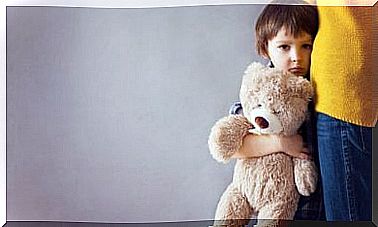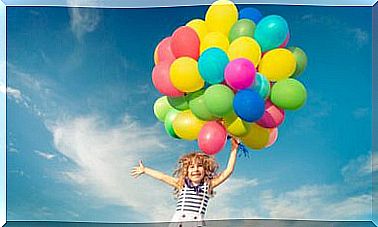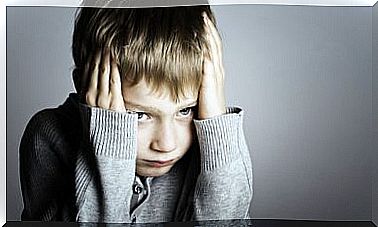How Does Adult Attachment Affect Parenting?
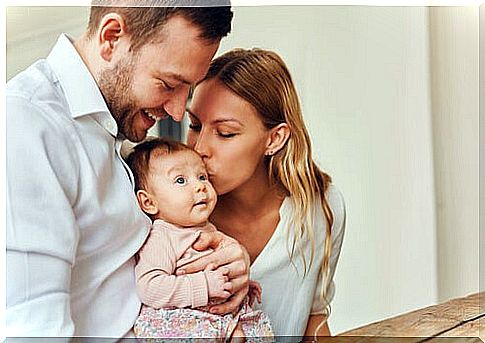
Parenting is not an easy task. We must be attentive to multiple factors that influence the education of the little ones. But what about these factors that we cannot control? These who are part of us and influence the parent-child bond? What is the relationship with adult attachment regarding upbringing and family climate?
We are born and we need each other. As moths attracted to light, we need strong, stable and emotional bonds. That is why we are considered biopsychosocial beings, with social interaction being an essential factor for cognitive and emotional development.
Thanks to researchers such as John Bowbly, Peter Fonagy, Mary Ainsworth, today we are aware of the weight that attachment has in our development. For example, we know that the attachment style, adopted in childhood, represents a trace, an internal model or a relational map of relationships, which guides us which star throughout the affective journey of our life, conditioning in many cases the type of relationships that we will seek, have and maintain.
But not only that, but also thanks to the persistence of such investigations and the intense study on the most consistent theoretical construction of the affective field, it was possible to affirm that the relational maps that configure us, were being molded from lived experiences or new figures attachment, over time. From this definition, we began to speak of adult attachment.
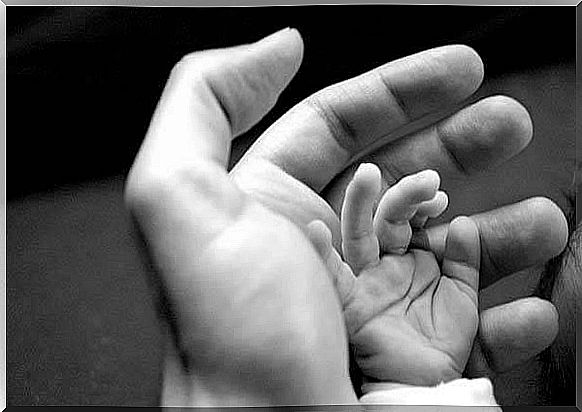
What adult attachments are there?
According to Bartholomew, a Canadian psychologist, adult attachment models are polarized between negative and positive. In this way, the negative attachment models are defined as those that maintain the belief that the other rejects them, is distant or does not care.
On the contrary, the positives are defined as those who consider that the other is available and cares. From this classification, the different forms of adult attachment emerge:
- Secure attachment : the person would develop a positive idea of himself and others. It is related to low levels of anxiety and low levels of avoidance, thus facilitating contact and intimacy with other individuals.
- The avoidant attachment : the person would develop a positive idea of himself but negative of others. It is characterized by low levels of anxiety but high avoidance.
- Worried attachment : the person would develop a negative idea of himself (self-concept) and a positive idea of others, manifesting high levels of anxiety and low avoidance.
- Fearful attachment : the person would develop a negative idea of himself and others, a fact that leads to high levels of anxiety as well as high levels of avoidance.
The influence of secure adult attachment on upbringing and family climate
As we have commented, attachment directly conditions our way of relating, so it is not strange that adult attachment not only influences our relationship as a couple, but also the relationship that is established with children and with the family climate.
Studies affirm that mothers with a secure attachment style respond to the expression and experience of positive and negative experiences, helping their child during such an emotional experience and its verbalization. This, without a doubt, is a favorable point towards the emotional development of the future adult, facilitating future emotional identification and management, as well as self-control.
Therefore, as if it were a rule of three, a sensitive maternal figure and generator of a secure attachment bond would also generate the basis for good emotional development. But how does this emotional intelligence help us? Well, the places where it supposes support are many and important: it allows us to keep stress levels at bay, makes it easier to interpret emotions as well as the acceptance of negative emotions and reinforcement of positive ones.
As a result, secure parental and maternal attachment allow a flexible and coherent family climate, helping the family to adapt to our structures, to resolve conflicts and to have favorable ties to intimacy.
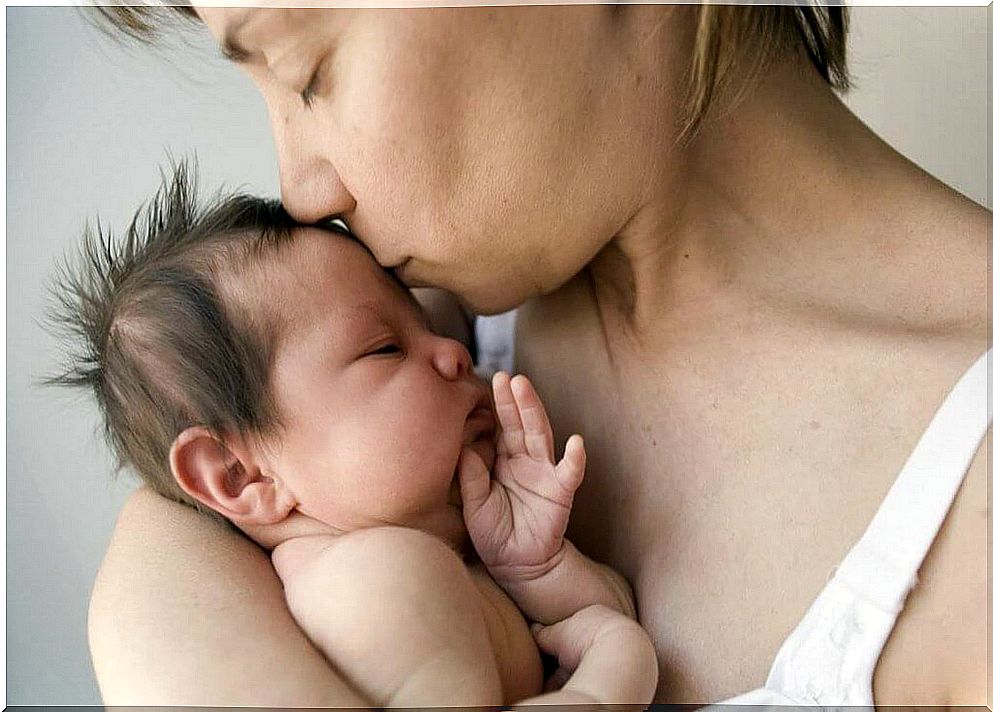
The influence of insecure and fearful attachment on parenting and family climate
On the contrary, avoidant or insecure attachment is in many cases a real burden for the adult who began with these rules to interact with the people around him. People with insecure and / or fearful attachments maintain a latent desire for intimacy, but it is the bad image of themselves and / or that of others, which generates enough distrust, fear and rigidity to allow this bond to grow .
People with this attachment style, without any bad intention, feel ambivalence towards their way of relating to their children, feeling in the same way desire and discomfort in an alternate way. This can lead to levels of being ill towards the idea of not being able to feel free and natural at the affective level, increasing anxiety towards the double message itself.
Thus, the family climate with parents with this attachment style is a loosely cohesive climate, with low levels of emotional expression, little organization, greater control and with the possibility of frequent conflict. This is the result of insecure and / or fearful adult attachment being a stone in the way for the development of emotional intelligence, thus facilitating factors such as overprotection and under-care to stick their heads out of the window of this type of family.
In conclusion, the discovery of the term of attachment allows us to live more informed about the importance of what we transmit to the younger generations, being the inheritance of our parents’ attachment a clearly influential factor in the upbringing of the smallest -and in many cases also in its future-. So remember: secure attachment is one of the best gifts we can give the generations that are born.
